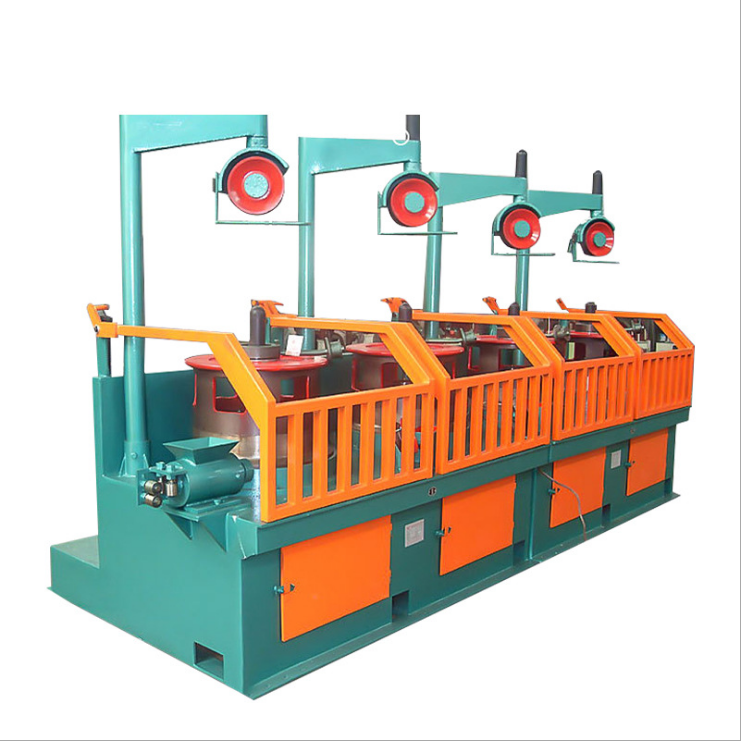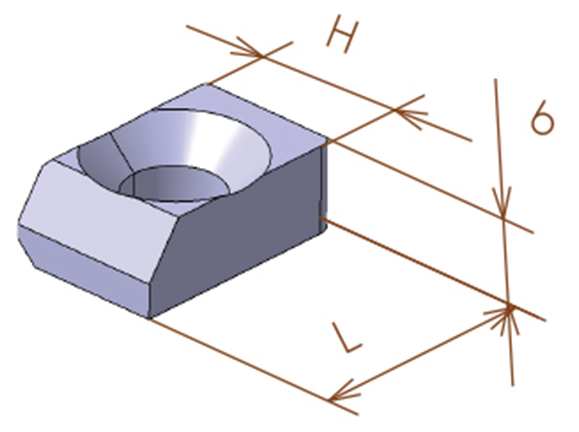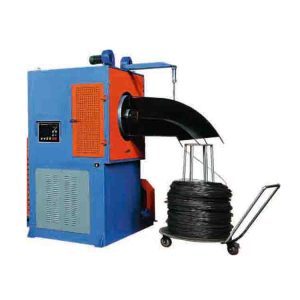Table of Contents
Step-by-Step Guide to Operating a Wire Drawing Machine for Optimal Results
Wire drawing machines are essential tools in the manufacturing industry for producing wires of various diameters and lengths. These machines are used to reduce the diameter of a wire by pulling it through a series of dies, resulting in a smoother surface finish and improved mechanical properties. Operating a wire drawing machine requires precision and attention to detail to achieve optimal results. In this article, we will provide a step-by-step guide to operating a wire drawing machine for optimal results.
The first step in operating a wire drawing machine is to ensure that the machine is properly set up and calibrated. This includes checking the alignment of the dies, adjusting the speed and tension settings, and ensuring that the lubrication system is functioning properly. It is important to follow the manufacturer’s instructions for setting up the machine to avoid any potential issues during operation.
Once the machine is set up, the next step is to feed the wire into the machine. The wire should be fed through the entry die and pulled through the machine using a capstan or drawing drum. It is important to maintain a consistent tension on the wire to prevent any snags or breaks during the drawing process. The speed of the machine should also be adjusted to ensure a smooth and uniform drawing process.
As the wire is pulled through the machine, it will pass through a series of dies that gradually reduce the diameter of the wire. It is important to monitor the wire closely as it passes through each die to ensure that it is being drawn properly. Any deviations in the diameter or surface finish of the wire should be addressed immediately to prevent any defects in the final product.

Throughout the drawing process, it is important to regularly inspect the dies for any signs of wear or damage. Worn or damaged dies can affect the quality of the drawn wire and should be replaced as needed. It is also important to regularly lubricate the dies to reduce friction and prevent overheating during the drawing process.
Once the wire has been drawn to the desired diameter, it can be spooled onto a reel or cut into lengths for further processing. It is important to handle the drawn wire carefully to prevent any damage to the surface finish or mechanical properties. The drawn wire should be inspected for any defects or imperfections before being used in any applications.
In conclusion, operating a wire drawing machine requires precision, attention to detail, and regular maintenance to achieve optimal results. By following the steps outlined in this guide, you can ensure that your wire drawing machine operates efficiently and produces high-quality wire products. Remember to always follow the manufacturer’s instructions and guidelines for operating the machine to prevent any potential issues. With proper care and maintenance, your wire drawing machine can provide years of reliable service for your manufacturing needs.
Benefits of Using a Wire Drawing Machine in Industrial Applications
Wire drawing machines are essential tools in the manufacturing industry, particularly in the production of wires and cables. These machines play a crucial role in the process of reducing the diameter of wire rods by pulling them through a series of dies. This procedure results in wires of various sizes and diameters, which are used in a wide range of industrial applications.
One of the key benefits of using a wire drawing machine is the ability to produce wires with precise dimensions. By controlling the speed and tension of the wire as it passes through the dies, manufacturers can achieve the desired diameter and surface finish of the wire. This level of precision is crucial in industries such as electronics, telecommunications, and construction, where the quality of the wire is paramount.

Another advantage of using a wire drawing machine is the ability to increase the strength and durability of the wire. As the wire is drawn through the dies, its grain structure is elongated and aligned, resulting in a stronger and more uniform material. This makes the wire suitable for applications that require high tensile strength and resistance to wear and corrosion.
In addition to improving the mechanical properties of the wire, wire drawing machines also help to enhance its surface finish. By reducing the diameter of the wire and removing any imperfections or impurities, manufacturers can produce wires with a smooth and polished surface. This is important in applications where the wire needs to be free from defects that could affect its performance or appearance.
Furthermore, using a wire drawing machine can increase the productivity and efficiency of the manufacturing process. These machines are capable of drawing multiple wires simultaneously, allowing manufacturers to produce large quantities of wire in a short amount of time. This not only reduces production costs but also enables manufacturers to meet the demands of their customers in a timely manner.
Moreover, wire drawing machines are versatile tools that can be used to produce wires of different materials, including steel, copper, aluminum, and brass. This flexibility allows manufacturers to cater to a wide range of industries and applications, from automotive and aerospace to telecommunications and construction. By simply changing the dies and adjusting the machine settings, manufacturers can switch between different materials and wire sizes with ease.
In conclusion, the benefits of using a wire drawing machine in industrial applications are numerous. From producing wires with precise dimensions and improved mechanical properties to enhancing surface finish and increasing productivity, these machines play a vital role in the manufacturing process. With their versatility and efficiency, wire drawing machines have become indispensable tools for manufacturers looking to meet the demands of a competitive market.






